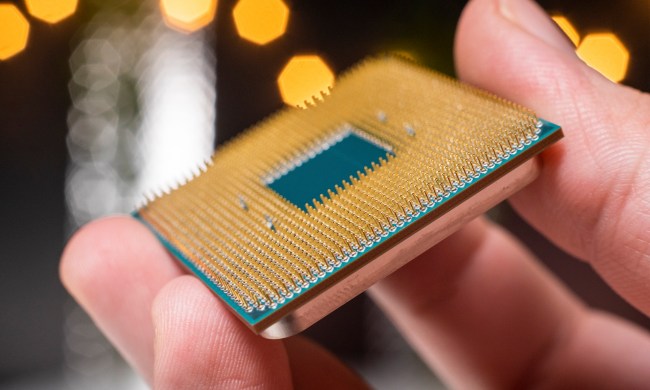
At an investars’ conference this week, Nvidia sales VP Mike Hara indicated the company is considering developing its own line of x86 CPUs within the next two years, specifically with an eye towards low-cost PCs and mobile devices. Although speculation that Nvidia might get into the CPU business has surfaced a few times since at least 2005, Hara’s comments are the first acknowledgment by the company that it is, in fact, eyeing the CPU space.
If Nvidia were to develop its own line of x86 CPUs, it would put the company in even more direct competition with rival Intel, which whom it already has a testy relationship. Intel has recently sued Nvidia over terms of a chip licensing agreement, and Nvidia executives have been very publicly denigrating Intel’s integrated graphics solutions—even going so far as to roll out their own Ion platform to replace Intel’s integrated graphics on Atom processors.
Nvidia’s focus on the low-end and mobile markets makes sense, even though netbooks and some other mobile computing products carry notoriously low margins. As Intel and other chipmakers evolve their mobile and low-end CPU platforms, they will logically integrate graphics controllers directly into their CPUs to improve performance and reduce manufacturing costs, effectively shutting a third party maker like Nvidia out of the market. By developing its own x86 CPU, Nvidia can offer a competing solution and bring its graphics know-how to bear.
Intel’s recent announcement that it will be outsourcing production of some of its Atom processors to TSMC may also be an indicator of Nvidia’s strategy with its own processor: Nvidia is also a TSMC customer; in theory, if they used TSMC to manufacturer their own x86 solutions, they would at least have production process parity with Intel’s own products.
Of course, Nvidia’s not-really-an-announcement could also be a move in the wider posturing between Nvidia and Intel, perhaps to put more pressure on Intel to engineer future products so mobile device makers can have a selection of graphics options—including third party GPUs.


